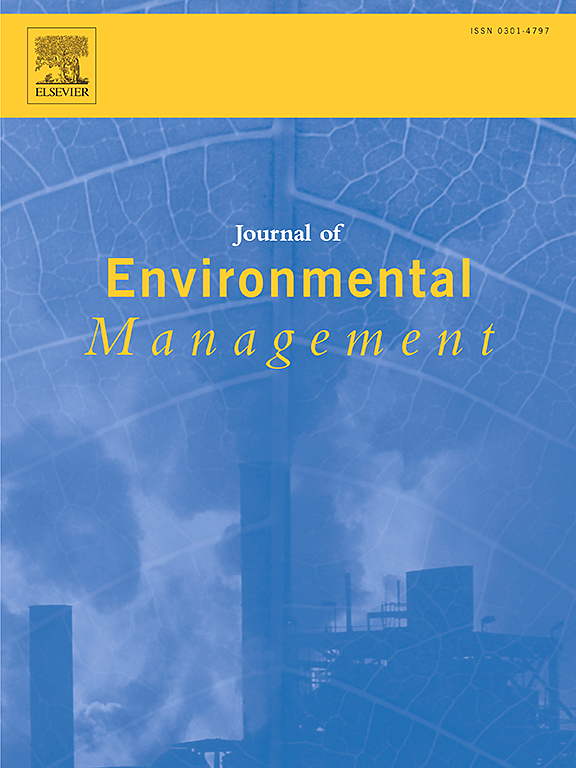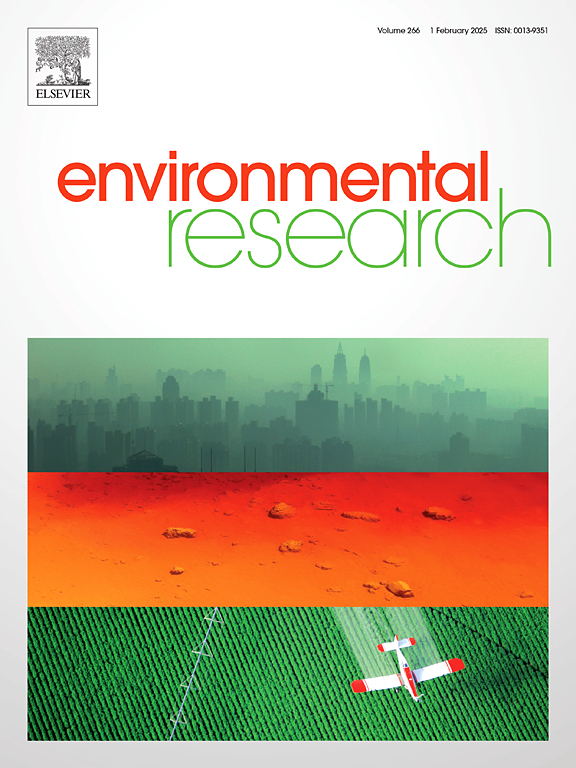Please find all scientific publications of IGB under > scientific publications
For more detailed information please refer to our > library catalogue
61 - 70 of 747 items

June 2025
Scientific Data. - 12(2025), Art. 1028
Fifty years of limnological data on Lake Stechlin, a temperate clearwater lake
Sabine Wollrab; Silke R. Schmidt; Jason Woodhouse; Peter Kasprzak; Stella A. Berger; Ute Beyer; Matthias Bodenlos; Johanna Dalchow; Monika Degebrodt; Lars Ganzert; Thomas Gonsiorczyk; Elfi Huth; Christine Kiel; Lutz Küchler; Lothar Krienitz; Maren Lentz; Elke Mach; Uta Mallok; Jens C. Nejstgaard; Monika Papke; Armin Penske; Solvig Pinnow; Reingard Roßberg; Diethelm Ronneberger; Michael Sachtleben; Adelheid Scheffler; Hans-Peter Grossart; Peter Casper; Mark O. Gessner; Rainer Koschel
The presented dataset from Lake Stechlin covers basic water-chemical and physical records taken at monthly to fortnightly intervals from 1970 to 2020, documenting limnological changes during that period. Furthermore, it serves as a valuable basis to assess and project potential consequences of climate change and other types of environmental change on deep clearwater lakes in temperate climates.
June 2025
Reviews in Aquaculture. - 17(2025)3, Art. e70037
Non-Native Species in Aquaculture: Burgeoning Production and Environmental Sustainability Risks
Francisco J. Oficialdegui; Ismael Soto; Paride Balzani; Ross N. Cuthbert; Phillip J. Haubrock; Melina Kourantidou; Eléna Manfrini; Ali Serhan Tarkan; Irmak Kurtul; Rafael L. Macêdo; Camille L. Musseau; Koushik Roy; Antonín Kouba
June 2025
Water Research. - 285(2025), Art. 124037
Salinity regulates nutrient cycling via top-down and bottom-up forces in artificial cut-off tidal channels: insights from multitrophic microbiota
Xin Ma; Yi Li; Lihua Niu; Hans-Peter Grossart; Jiahui Shang; Jinhai Zheng; Jianming Wu

June 2025
Journal of Environmental Management. - 389(2025), Art. 126176
Optimizing river restoration: A multi-scenario approach to barrier removal prioritization
Mayra E. Darre; Sami Domisch; Virgilio Hermoso; Michael Ørsted; Jamal Jokar Arsanjani

June 2025
Environmental Science & Technology. - 59(2025)25, 13022–13033
Hydrophilic Organic Compound Migration in Biochar-Amended Stormwater Filters with Dynamic Conditions and Varied Background Dissolved Organic Carbon Contents
James Conrad Pritchard; Yeo-Myoung Cho; Stephanie Spahr; Richard G. Luthy

June 2025
Aquacultural Engineering. - 111(2025), Art. 102581
Site selection for off-shore macroalgae aquaculture on the French Atlantic coast
Graciela Patricia Medina Madariaga; Mathilde Falcou-Prefol; Simon Oiry; Maria Laura Zoffoli; Joël Fleurence; Pierre Gernez; Laurent Barillé
June 2025
Trends in Ecology and Evolution. - 40(2025)8, 736-739
Nocturnal pandas: conservation umbrellas protecting nocturnal biodiversity
Gregor Kalinkat; Andreas Jechow; Sibylle Schroer; Franz Hölker
June 2025
Proceedings of the Royal Society B: Biological Sciences. - 292(2025), 20243072
The microbiology of Uganda’s large freshwater lakes experiencing anthropogenic and climatic perturbations: why it matters—a review
Daniel Abiriga; Robinson Odong; Grace Kizito Bakyayita; Ronald Semyalo; William Okello; Hans-Peter Grossart

June 2025
Environmental Research. - 282(2025), Art. 122078
Soil alkaline phosphatase-encoding bacteria relate closely to microbial biomass phosphorus in changing environments
Wenjie Wan; Hans-Peter Grossart; Xiang Xiong; Donglan He; Yuyi Yang

June 2025
BioScience. - 75(2025)12, 1013–1015
Parallels between biological invasions and human migration are flawed and undermine both disciplines. Response to Ahmed et al.
Josie South; Roxana Barbulescu; Rafael L Macêdo; Camille L Musseau; Simone Guareschi; Tim Alamenciak; Gabriella Alberti; Sylvie Allen; Sven Bacher; Emma Baker; Michaela Benson; Maud Bernard-Verdier; Rashida Bibi; Manuela Boatcă; Rossano Bolpagni; Timothy M Brown; Bridget Byrne; Susan Canavan; Esther Neira Castro; Deirdre Conlon; Jean-Paul Demoule; Alison M Dunn; Thomas Faist; Glenda Garelli; Paula Gervazoni; Ben Gidley; Jérôme M W Gippet; Matthew Harwood; Tina Heger; Theresa Henke; Sara Hill; Joshua Hobbs; James Hodson; George Holmes; Phillip E Hulme; Hannah Jones; Dumisani Khosa; Majella Kilkey; Danai Kontou; Anne Lavanchy; Hannah Lewis; Rosa Mas Giralt; Laura A Meyerson; Ana Novoa; Zarah Pattison; Pavel Pipek; Anna F Probert; Petr Pyšek; Anthony Ricciardi; Jonathan David Roberts; Florian Ruland; Wolf-Christian Saul; Ross Shackleton; Nando Sigona; Daniel Simberloff; John Solomos; Li Sun; Louise Waite; Pip Wilson; Florencia A Yannelli; Zana Vathi; Tesfalem Yemane; Ulrike M Vieten; Giovanni Vimercati; Elena Zambelli; Deah Lieurance





